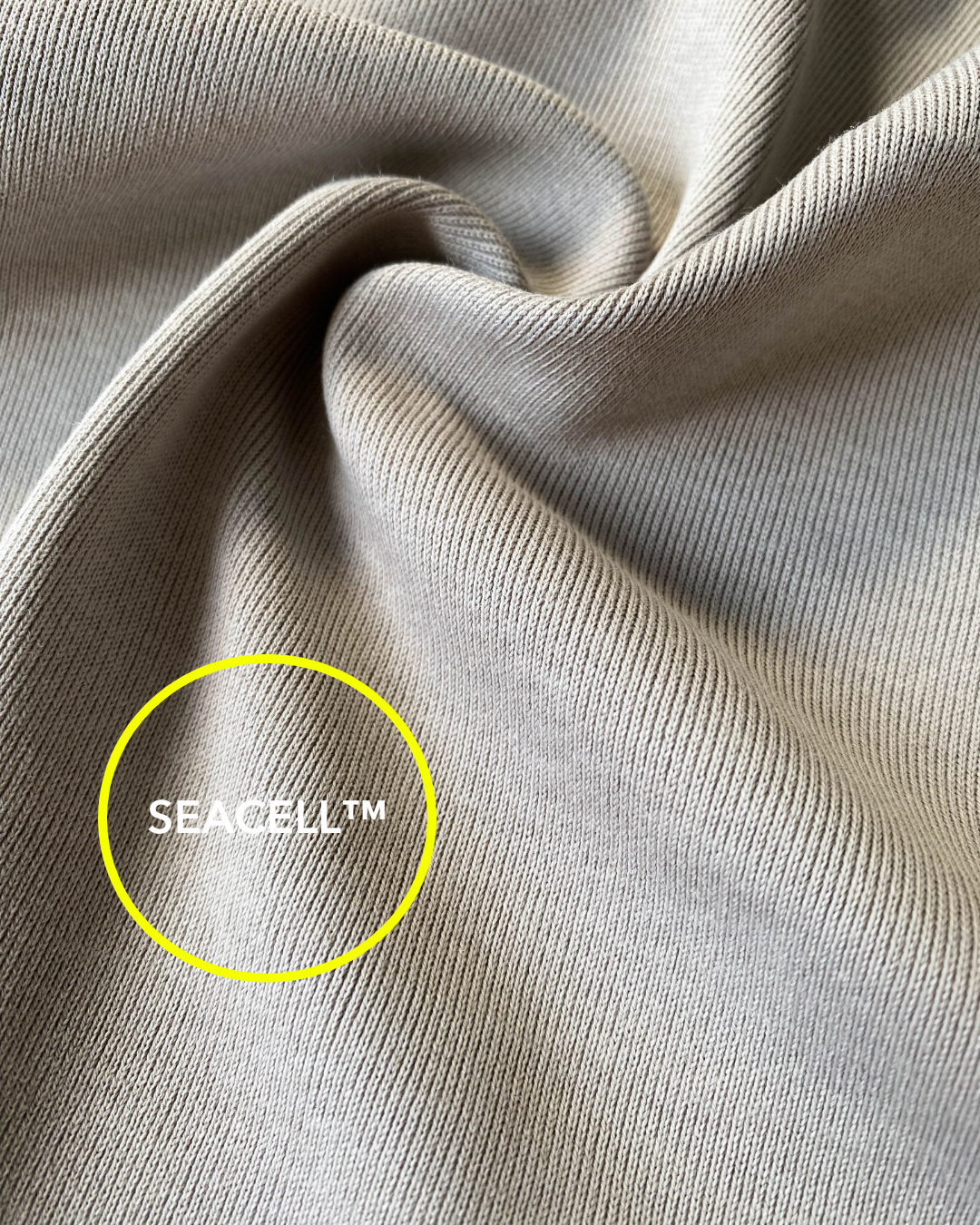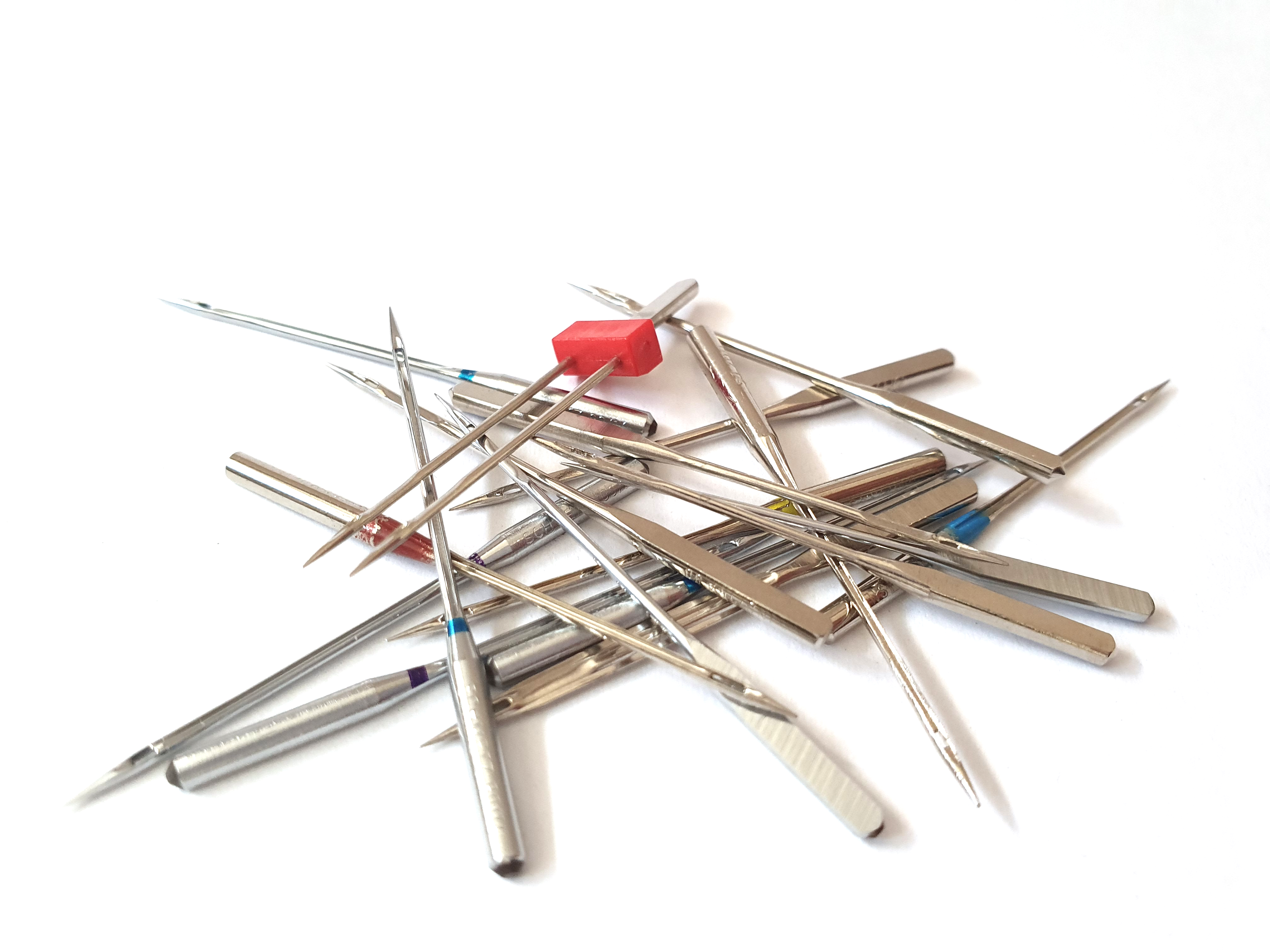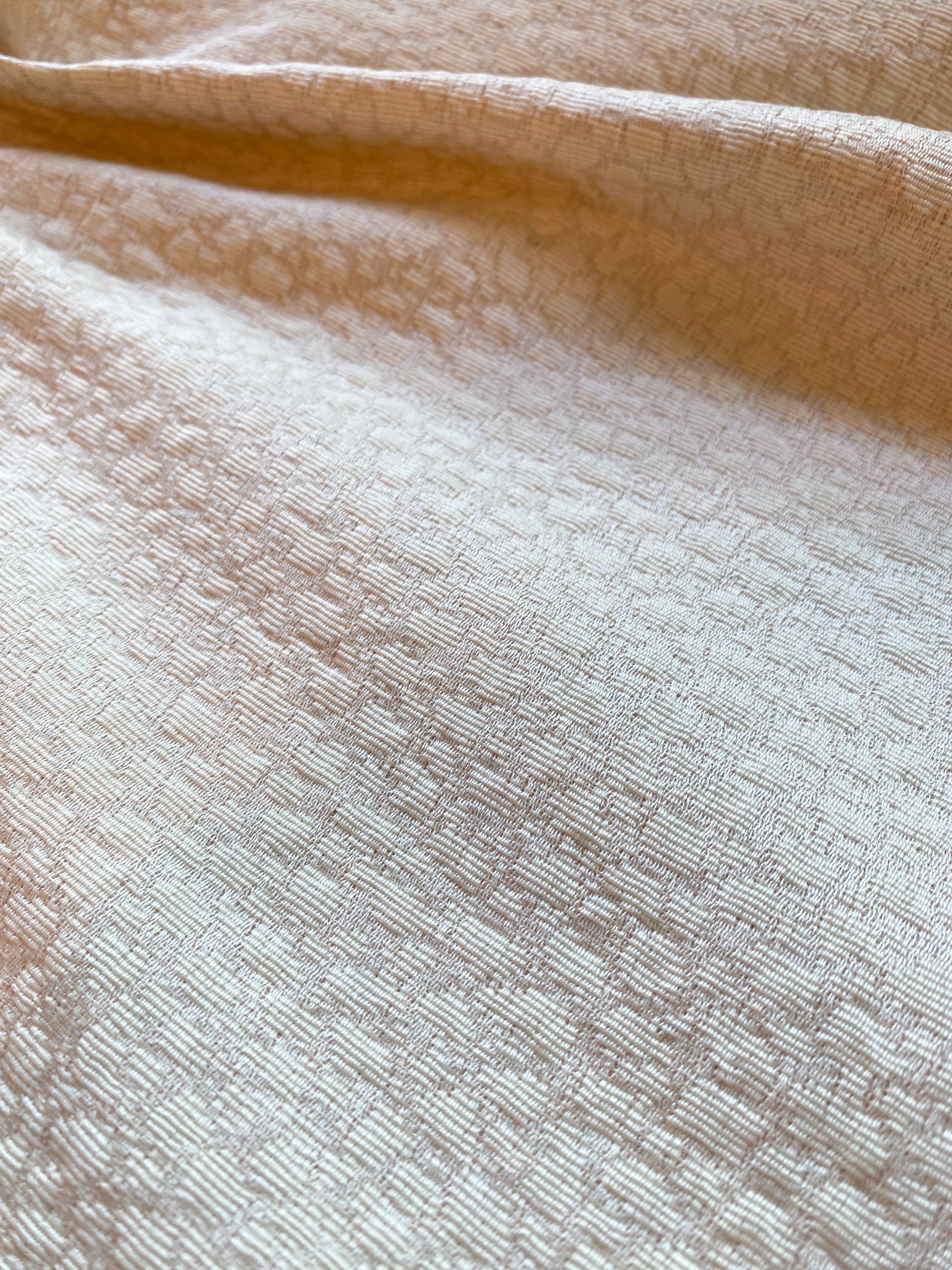
Proper care is particularly important so that your self-sewn masterpieces (and of course your purchased items of clothing) remain beautiful for a long time. In the following article you will find important information and tips on the subject of textile care and a description of the common care symbols. After that you are definitely washed with all waters! ;)
General information in advance:
- Since most fabrics can lose color and shrink the first time they are washed, you should pre-wash all washable fabrics in a short program (15-30 min, 30 degrees) before cutting and sewing them in different colors.
- Since some fabrics - despite pre-washing - can still bleed, you should only wash your clothes with similar colors.
- Unfortunately, knitted and woolen fabrics tend to pill quickly. This refers to small knots of loose fibers on the fabric surface that have become detached from the fabric through friction. The garments therefore quickly appear worn and faded. To delay this, turn your laundry inside out and wash it (preferably in a laundry net) at a low temperature with a low spin speed. Tip: Since the wear and tear of clothing in everyday life is hardly avoidable, a lint shaver is an effective way to remove the knots.

- If it's not too difficult for you, always turn your clothes inside out before washing. This protects the right side of the fabric from rubbing in the washing machine drum.
- Basically, you should rather let your fabrics air dry and avoid the dryer.
- Always iron from the left whenever possible.
The different fabrics:
The material composition of your fabric is crucial for care. If you have a mixed fabric, then the care instructions are based on the most sensitive fiber of the mixture:
- Cotton
Cotton is a fairly insensitive fiber and can be washed at temperatures of up to 60°C. However, to protect the colours, you should wash your cotton fabric at a maximum of 40°C. Drying in the dryer is usually possible, but you should select the gentle program here. Cotton can be ironed at medium or high steam level or when dampened.
- linen
Natural-colored linen can be washed at up to 60°C, colored linen should only be washed at up to 40°C to prevent the colors from fading. Only use liquid detergent and not a water-saving eco program, as linen can absorb a lot of water. To protect the fibers, you should set a low spin speed (600 - 800). Linen can be ironed on medium or high steam or when damp.
- Wool
Wool tangles easily when washed and should therefore only be washed very rarely. Since it has an antibacterial function, it is sufficient to air the garment and simply rub off coarse dirt or remove it with a damp cloth. (Therefore, wool fabrics do not have to be pre-washed!) If it is necessary, you can wash the wool in the wool washing program of your washing machine (only use wool detergent). Hand washing is theoretically possible, but you can easily do something wrong (e.g. too high temperatures). Only dry your garment lying down (e.g. on a towel), as hanging it up will cause the fabric to warp too much. Wool can be ironed with a damp ironing cloth or with steam on the lowest to medium setting.
- silk
Silk is incredibly sensitive, it doesn't like the sun, heat, perfume or deodorant. Washing silk can therefore be a more demanding task. Therefore, you can either have silk professionally cleaned or you can wash it by hand:
For hand washing, fill a plastic tub or hand wash basin with water at a maximum of 30 degrees and add special silk detergent. Normal detergent must not be used as it makes the silk brittle. Wool detergent is also not suitable due to its moisturizing substances. (Don't use fabric softener either!) Place the fabric in the water and let it sit for 3-5 minutes. You can move it back and forth. Then rinse the silk with cold water. You can then carefully squeeze out the wet fabric, pull it into shape and then dry it lying on a towel, for example.
If the manufacturer states so, some silk fabrics can also be washed in the washing machine. Here, too, the washing temperature may only be a maximum of 30°C. Most washing machines also have a special silk wash program that you should use in this case. Be sure to wash the silk in a laundry bag that protects it from friction in the washing drum.
Silk may only be ironed at the lowest setting. It is best to iron the fabric when it is still slightly damp, this makes it easier to remove creases. Alternatively, you can also put a damp towel over it. Never spray the fabric with water, this will quickly cause stains. Tip: If you turn the shower on hot for a moment and then hang the silk in the shower overnight, the steam will work like an iron.
- viscose and modal
You should wash viscose and modal at max. 30°C on a gentle cycle with a low spin speed, ideally with a mild detergent. Both materials should not be tumble dried. Ironing is possible at the lowest level. Viscose can shrink a lot, so you should definitely prewash the fabric before sewing!
- Lyocell (Tencel)
Lyocell, better known under the brand name Tencel, is best washed with a mild detergent at max. 30°C on a gentle cycle with a low spin speed. Lyocell should not be tumble dried. Ironing is possible at the lowest level.
- Polyester and other synthetic fibers
Polyester or other synthetic fibers (such as polyamide, polyacrylic or elastane) should be washed between 30°C and 40°C on a gentle cycle. Polyester and other synthetic fibers melt at high temperatures and should therefore not be tumble dried and should only be ironed on the lowest setting.
Care symbols - what does what mean?

The care labeling on our clothing or fabrics is intended to inform us as consumers as well as professional textile care workers about the maximum way of treating the textile products and thus offers the guarantee that no damage will occur if treated properly.
The following overview shows you the common care symbols (pictograms) and their meaning:





